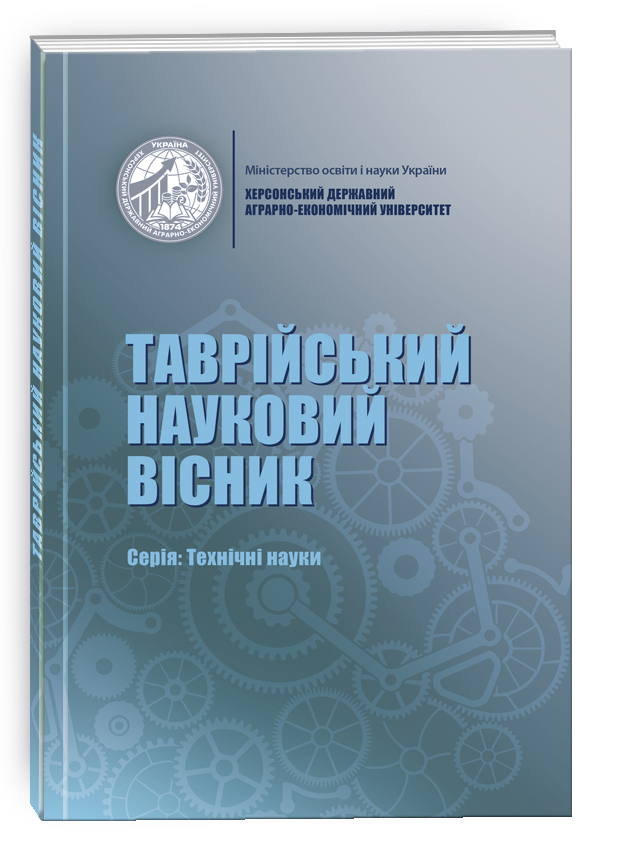USE OF ALGAE AS AN ALTERNATIVE RAW MATERIAL FOR THE FOOD INDUSTRY
DOI:
https://doi.org/10.32782/tnv-tech.2024.5.16Keywords:
algae, alternative raw materials, food industry, proteins, vitamins, natural dyes, environmental sustainability, spirulina, chlorella, kelpAbstract
The article presents an in-depth analysis of the possibility of using algae such as chlorella, spirulina and kelp as an alternative raw material for the food industry. It is emphasized that these algae can be an effective substitute for traditional protein sources, as they have a much higher nutritional value, contain a rich complex of vitamins (in particular, B, C and E), minerals (calcium, iron, magnesium) and antioxidants. This makes them an attractive ingredient for food fortification, which helps to maintain a healthy diet. Due to its high protein concentration, algae can be used in the production of products for people who need additional protein in their diet, such as athletes, vegans, or people with restrictions on meat consumption. The study also highlights the potential for algae to be used as natural colorants and flavor enhancers, which is important for creating environmentally friendly products. For example, spirulina adds a rich green color to confectionery, and kelp adds a pleasant sea flavor. Such products are not only positively perceived by consumers due to their natural taste and color characteristics, but also contribute to the popularization of healthy eating without the use of synthetic additives. This opens up opportunities for the widespread use of algae in various food products, including beverages, bakery products, and soups. Thus, the results of the study confirm that the use of algae as an alternative raw material for the food industry is a promising and important area of development. Algae contribute to improving the range of products that meet the requirements of modern consumers in terms of quality, safety and high nutritional value. They are also an economically viable and environmentally sustainable source of protein, which ensures the availability of food products for different segments of the population.
References
Іванов І. П., Коваленко О. М. Харчова цінність спіруліни та хлорели. Харчова наука і технологія. 2018. № 8. С. 45–50.
Петров В. С. Антиоксидантні властивості водоростей. Харчова промисловість. 2015. № 6. С. 15–20.
Робертсон Е., Хейс Дж. Мінеральний склад хлорели та ламінарії та їх потенціал для харчової промисловості. Journal of Marine Algae Research. 2019. Т. 12, № 3. С. 67–74.
Дудкін М. С., Щелкунов Л. Ф. Використання водоростей як натурального барвника в кондитерській промисловості. Харчова промисловість. 2010. № 3. С. 36–38.
Карпов П. О. Переваги клітковини з водоростей для здоров’я травної системи. Journal of Nutritional Biochemistry. 2020. Т. 45. С. 101–110.
Хейс Дж., Робертсон Е. Переваги стійкого розвитку у використанні водоростей як альтернативного джерела білка. Environmental Impact in Food Production. 2017. Т. 18, № 2. С. 34–42.
Браун Л., Морган К. Функціональні продукти на основі водоростей: Інновації та потенціал ринку. Journal of Food Innovation. 2019. Т. 9, № 1. С. 23–32.
Червоні водорості як потенційне джерело альтернативного білка. WellgreenXA. URL : https://ua.wellgreenxa.com/info/red-algae-a-potential-source-ofalternative-75180411.html (дата звернення: 13 листопада 2024).
Ресурсоощадні технології у харчовій промисловості. URL : file:///C:/Users/anast/Downloads/Resursooshchadni%20tehnologii%20u%20harchoviy%20promyslovosti.pdf (дата звернення: 13 листопада 2024).
Червоні водорості: потенційне джерело альтернативного білка у харчовій промисловості. Вісник Національного технічного університету «ХПІ». URL : http://vestnik2079-5459.khpi.edu.ua/article/view/278626 (дата звернення: 13 листопада 2024).







